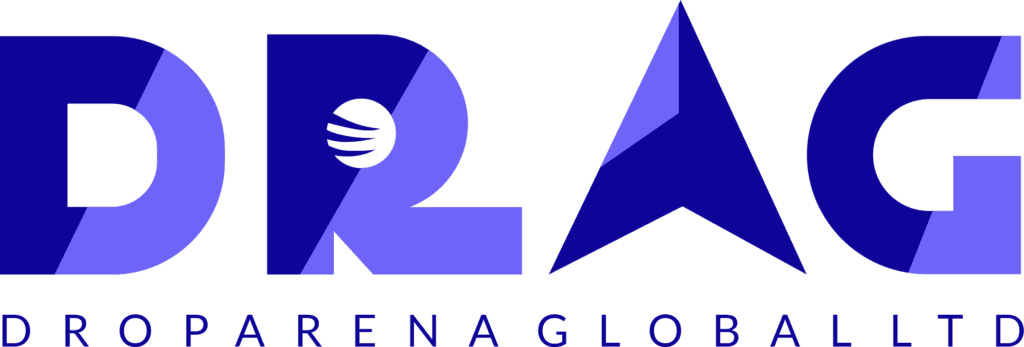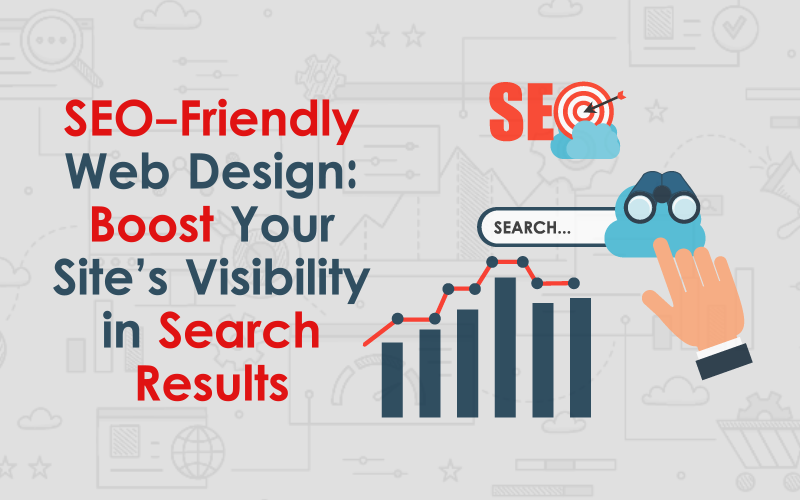Your website needs to be optimized for search engines to attract organic traffic and achieve higher visibility in today’s digital landscape, SEO-friendly web design ensures that your site not only looks good but also performs well in search engine rankings. Here are some effective strategies to help you design an SEO-friendly website that drives higher visibility and traffic, complete with practical examples.
1. Mobile Responsiveness
With the majority of web traffic coming from mobile devices, having a mobile-responsive design is crucial. Google prioritizes mobile-friendly websites in its search rankings.
Example:
- Apple: The Apple website adapts seamlessly to different screen sizes, ensuring a consistent user experience across devices. Test your site’s mobile responsiveness using Google’s Mobile-Friendly Test tool.
2. Fast Loading Speeds
Website loading speed is a critical factor for both user experience and SEO. Slow-loading pages can lead to higher bounce rates and lower search rankings.
Strategies:
- Optimize Images: Use compressed images without sacrificing quality.
- Leverage Browser Caching: Store static files in users’ browsers to speed up load times.
- Minimize JavaScript and CSS: Reduce file sizes and eliminate unnecessary code.
Example:
- Pingdom: Tools like Pingdom and Google PageSpeed Insights can help identify areas where you can improve your site’s speed.
3. Clean and Structured URLs
Search engines favor clean, descriptive, and easy-to-read URLs. Avoid using complex and lengthy URLs that contain unnecessary parameters.
Example:
- Moz: Instead of a URL like www.example.com/page?id=12345, use www.example.com/seo-tips. This helps users and search engines understand what the page is about.
4. Use of Header Tags
Header tags (H1, H2, H3, etc.) structure your content and make it easier for search engines to understand the hierarchy and relevance of the information on your pages.
Example:
- Blog Posts: A blog post on Neil Patel’s site uses an H1 tag for the main title, H2 tags for section headings, and H3 tags for subheadings, making the content well-organized and easy to navigate.
5. Optimized Images
Images play a significant role in web design, but they need to be optimized for SEO. Use descriptive file names and alt tags to help search engines understand the content of your images.
Example:
- eCommerce: On a product page for Amazon, images of a “Nike running shoe” might be named nike-running-shoe.jpg and have an alt tag like “Nike Running Shoe – Men’s size 10”.
6. Internal Linking
Internal linking helps search engines understand the structure of your site and establishes a hierarchy of importance for your pages. It also helps users navigate your site more effectively.
Example:
- Wikipedia: Wikipedia extensively uses internal linking to connect related articles, helping users find additional information and search engines understand the relationships between content.
7. XML Sitemaps
An XML sitemap helps search engines index your site more efficiently by listing all your pages. Ensure your sitemap is updated and submitted to search engines like Google.
Example:
- Yoast SEO Plugin: For WordPress sites, the Yoast SEO plugin automatically generates an XML sitemap and updates it as you add new content.
8. Meta Tags Optimization
Meta titles and descriptions are crucial for on-page SEO. They should be unique, descriptive, and contain relevant keywords.
Example:
- Google Search Results: A search result for “best pizza recipes” might show a meta title like “10 Best Pizza Recipes – Easy Homemade Pizza Ideas” and a meta description like “Discover the best pizza recipes for homemade pizzas, including classic Margherita, pepperoni, and more.”
9. Secure Website (HTTPS)
Security is a ranking factor for Google. Ensure your website uses HTTPS, which encrypts data and provides a secure connection.
Example:
- Online Retailers: Sites like Etsy use HTTPS to protect customer information during transactions, boosting user trust and SEO rankings.
10. Content Quality and Relevance
High-quality, relevant content is key to SEO success. Regularly update your site with fresh, informative content that addresses the needs and interests of your audience.
Example:
- Blogs: A blog like HubSpot consistently publishes well-researched, valuable content that attracts readers and ranks well in search engines.
Conclusion
Implementing SEO-friendly web design strategies is essential for enhancing your website’s visibility and driving organic traffic. By focusing on mobile responsiveness, loading speeds, clean URLs, header tags, optimized images, internal linking, XML sitemaps, meta tags, site security, and content quality, you can create a website that not only looks great but also performs well in search engine rankings. Start integrating these strategies today to see a significant boost in your website’s traffic and visibility.

